Motors are used for many purposes today and consume an estimated 40-50% of India’s electricity. Is there a need to become efficient?
They also are used heavily for water, starting in Bangalore in 1894 and now used commonly in borewells across the countryside. Does the industry bear any responsibility for declining groundwater levels?
A short tour through Bangalore’s water history that is closely tied to the motor industry ends with the question: what does the future look like?
The article starts and ends with the question: can our society change?
Shorter version without images published in AIEMMA (All India Electric Motor Manufacturer’s Association), September 2008.
Rajesh Shah
September 2008
Virtually nobody thinks we are headed in the right direction: socially, politically, and environmentally things are getting visibly worse. We wonder why our leaders – political and corporate – do not pay attention to the signals that are clearly in front of them. Maybe nobody wants to take the first step, the bold one.
 |
|
The home of Bangalore’s original water supply
|
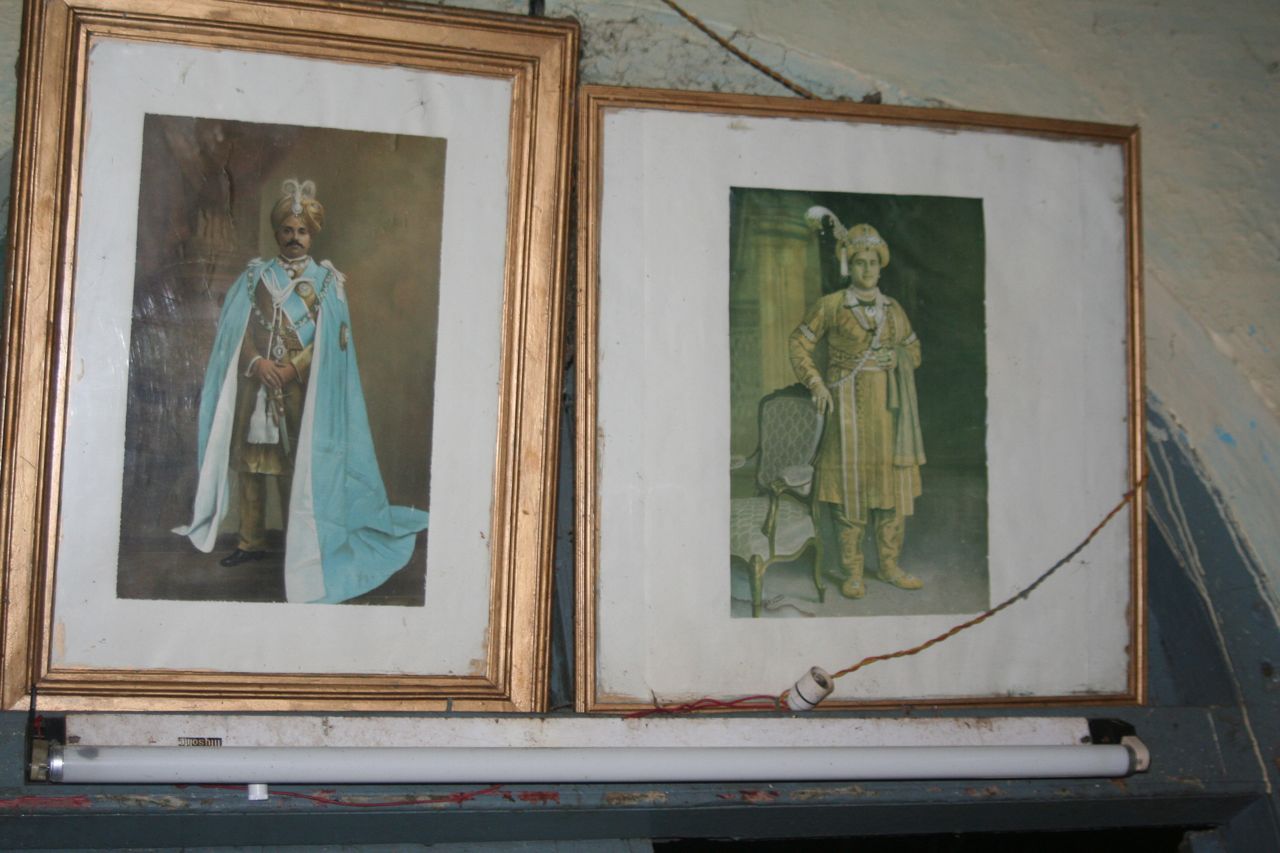 |
|
Images of the Mysore Kings
|
 |
|
Clock or water meter?
|
 |
|
Remains of brilliantly designed 100 year old aqueduct
|
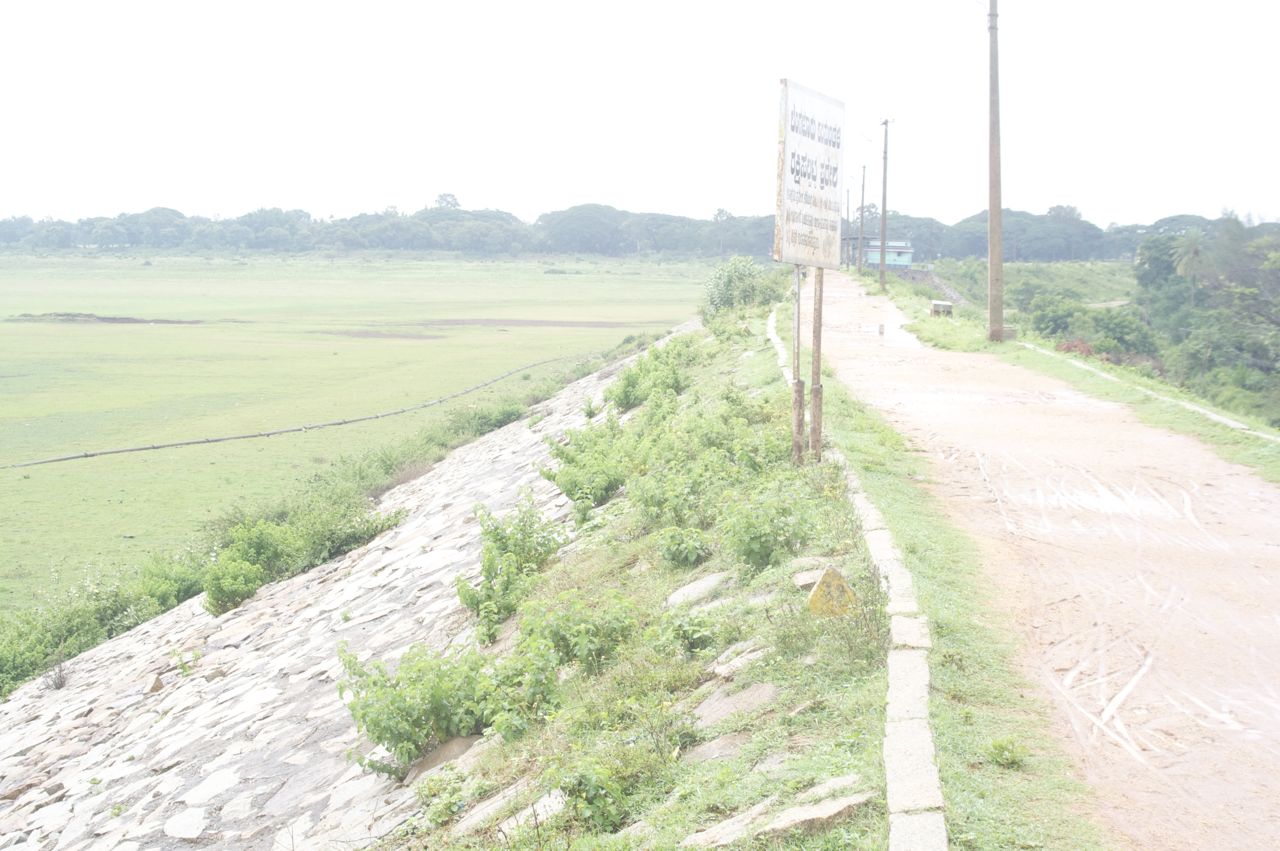 |
|
Reservoir in monsoon – where is the Arkavathy?
|
Today, when anyone tries to be bold, they are smashed by society. For example, climate change will bring more droughts and freak storms that will wreak havoc mainly on the poor. Global warming will raise the sea level and flood our coastal zones, creating hundreds of millions of environmental refugees. Rajendra Pachauri, Director General of The Energy Resources Institute (TERI) and Chairman of the Inter-governmental Panel on Climate Change (IPCC), which shared the Nobel Prize with Al Gore, is trying to change society and reduce the threat of global warming. Since meat generates about 18% of our greenhouse gas emissions and India is the fastest growing meat consumer in the world, he appealed for a one day a week abstinence from eating meat. It was a tiny request, not a bold request like asking Indians to return to their vegetarian ways. Even this request for a small change made the meat industry and others consumer advocates launch a stinging attack on this person who is trying to save mankind’s future.
The motor industry, like all industries, can choose look at the current environment critically. If it does it will find itself in a place where continuing on the present path will lead to a crisis. By taking bold steps and changing its mode of operation it will benefit society and country but also not only become a role model for others. It is not easy to accept the visible truth and to act on it. But, by taking on this challenge, the people in the industry will find satisfaction in accomplishing a worthy mission, away from the routine ‘rat race’ that we find ourselves in.
Lets look at the current environment that the motor industry finds itself in. The motor industry is booming, motors are found in every part of our lives. A few decades ago, we only had a few motors to pump water to raised tanks after which gravity did all the work, and at home a few of us had refrigerators. Now all offices and most homes have A/Cs and fridges. Some have motors to increase the pressure in showers. Our cars have a motor in each window to wind the glass up and down, and even the side view mirrors use motors providing the ability to adjust them at a touch of button.
In many ways motors have made our lives easier. But we need to also look behind the curtains to see what other effects they have caused. The increased sales of motors has increased electricity consumption tremendously. An estimated 40-50% of India’s fast growing electricity consumption is done by motors. Generation, as a whole, is not keeping pace with consumption. We can keep trying to add more polluting coal-plants but will not keep up with the demand. Hydro power is out of the question since water is more needed than energy. The Narmada dam can produce electricity or water but not both. And nuclear is decades away – we have signed deals with people who have not built a single new plant in USA in the last 30 years.
The obvious challenge facing us is how to reduce consumption. Can we rediscover the India that once could restrain itself and whose people were ready to sacrifice for their children?
Can the electric motor industry become true global citizens and real leaders?
They need to take their eyes off blind growth – the sole focus of many manufacturers?
This will get our civilization into trouble – witness the financial crisis occurring now.
We need smart development and innovation – now!
We have the engineering skills, the motivation to create the most energy efficient motors. Can we create the most efficient motors in the world – both in startup and operating?
The industry can create efficiency measures and standards – valuable metrics to measure efficiency, much needed the world over.
Just as food products come with a label and now refrigerators come with energy usage guides,
every motor should come with an easy to understand label as to its consumption and efficiency.
The motor industry is dragging its feet, with many of the current leaders creating roadblocks.
Yes, there will be some winners and some losers, but this is real competition and the real spirit of engineering. Not a competition won by those with the biggest advertising and bribing budget. In this competition, Indians can shine, not follow blindly the designs coming from outside.
The industry can revolutionize services. Why sell motors? Sell the service. Then the more efficient the motor, the greater the profit.
The second challenge facing the industry is not as obvious. It is about consumption. Traditional industry cares only for sales, not what the consumer does with the product. This leads to many problems. For example, parents try to prevent children from using tobacco and alcohol. The manufacturers know that if children do not get into habits or do not get attracted to these products at a young age, they never will. So the advertising is to convince youngsters of a fun lifestyle. For a better future, selling needs to become ethical.
So what do motors have to do with water?
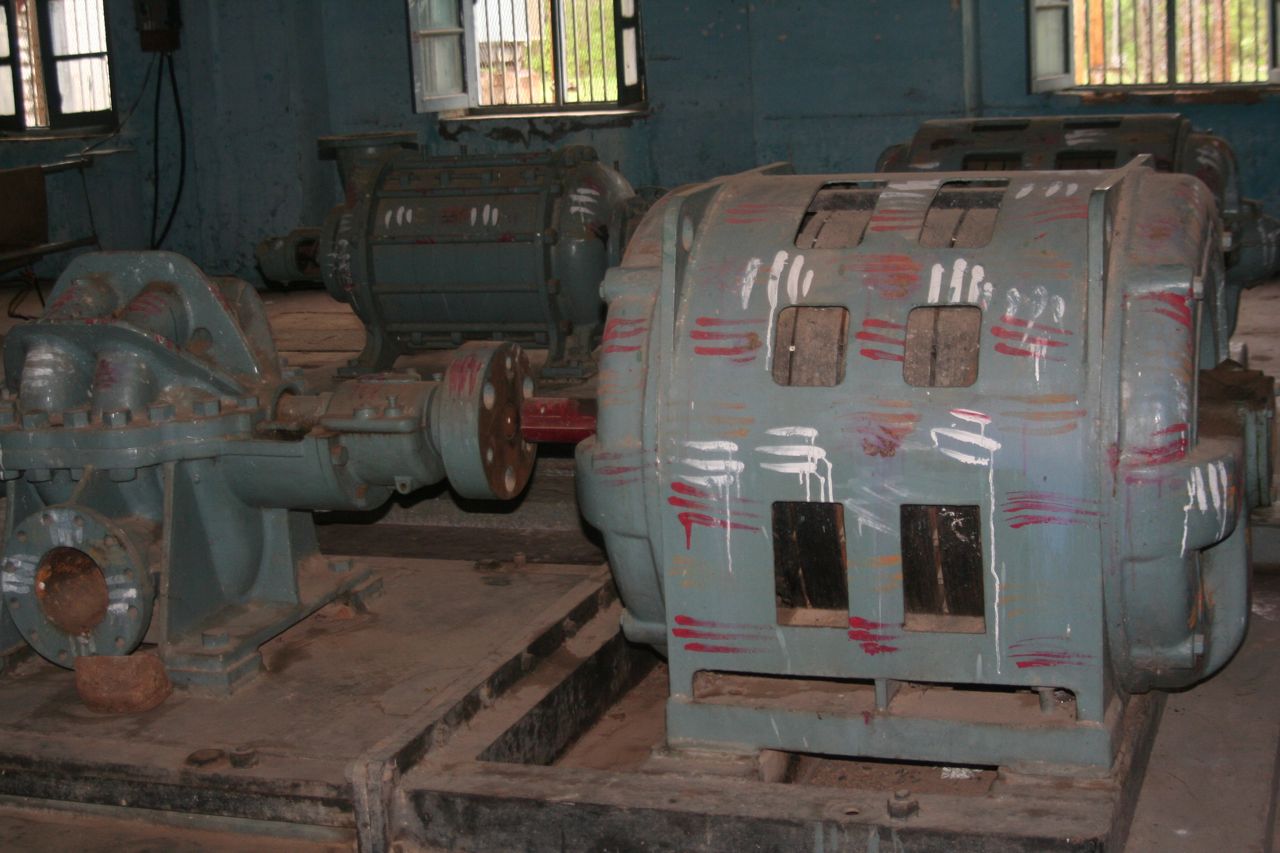 |
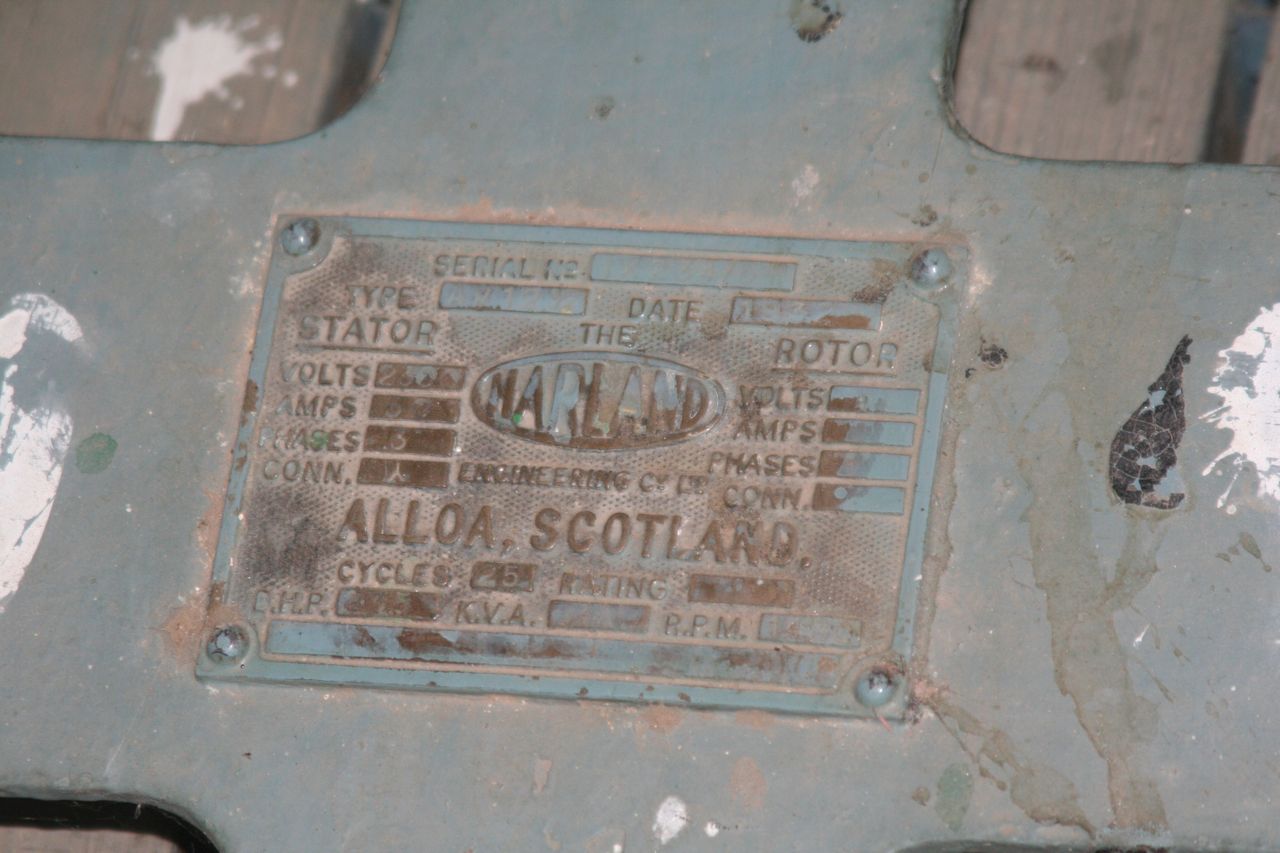 |
|
One of the set of motors from England
|
 |
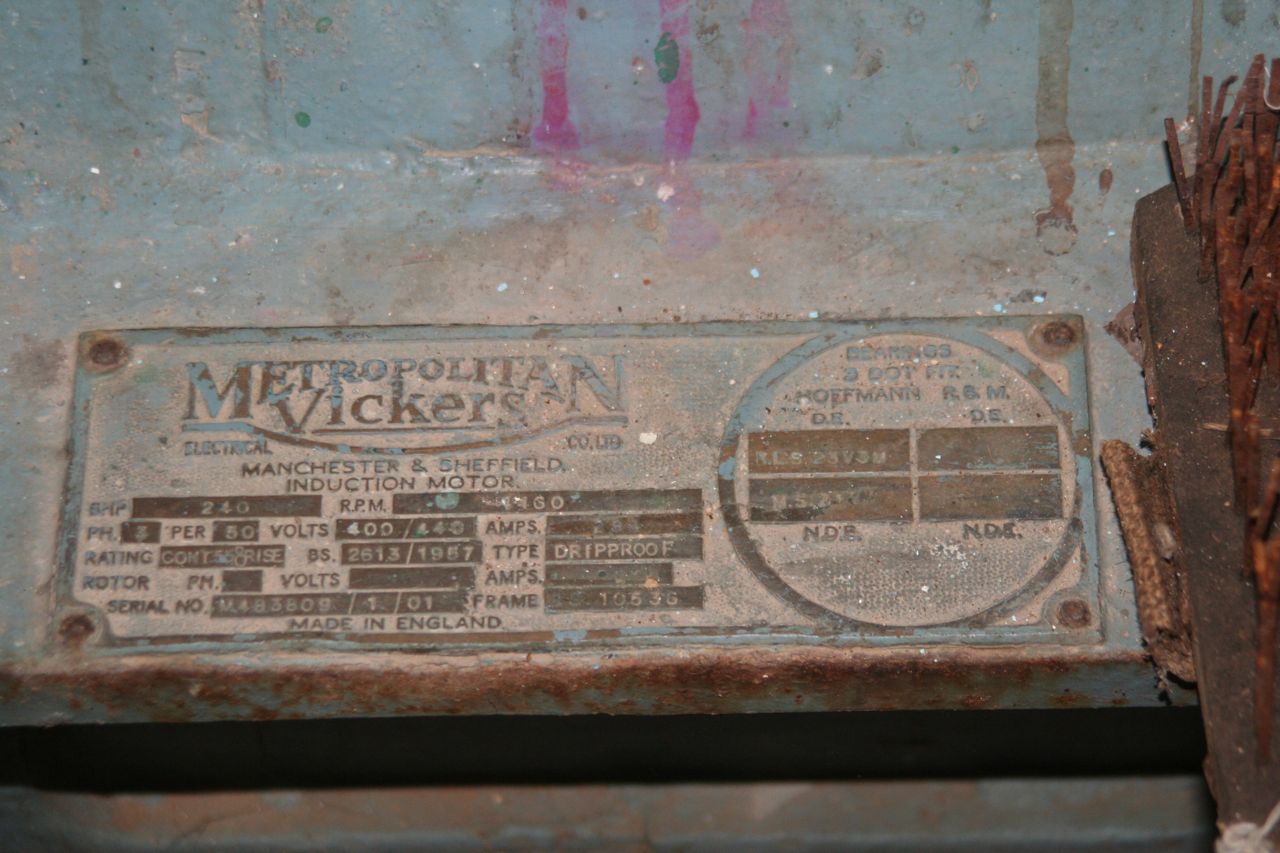 |
|
Another of the set of motors from England
|
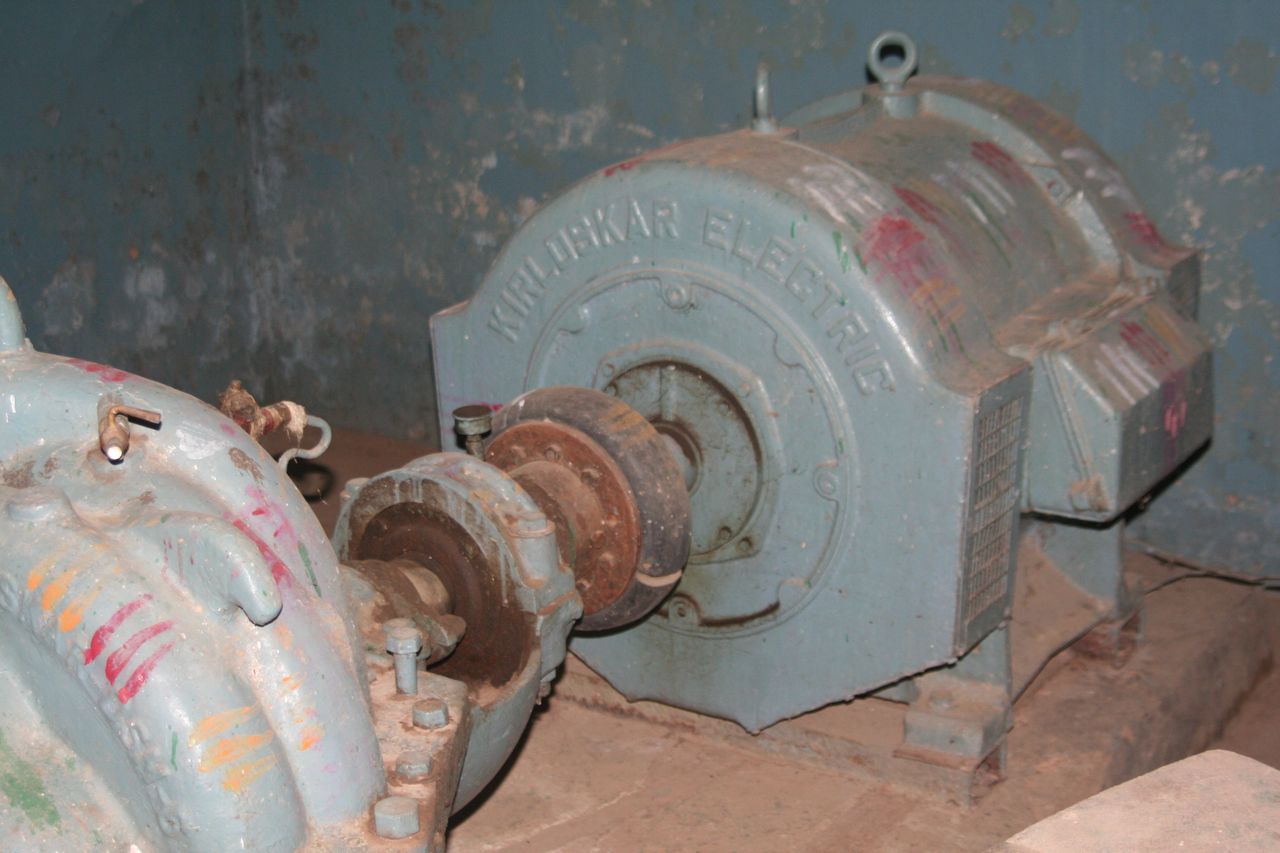 |
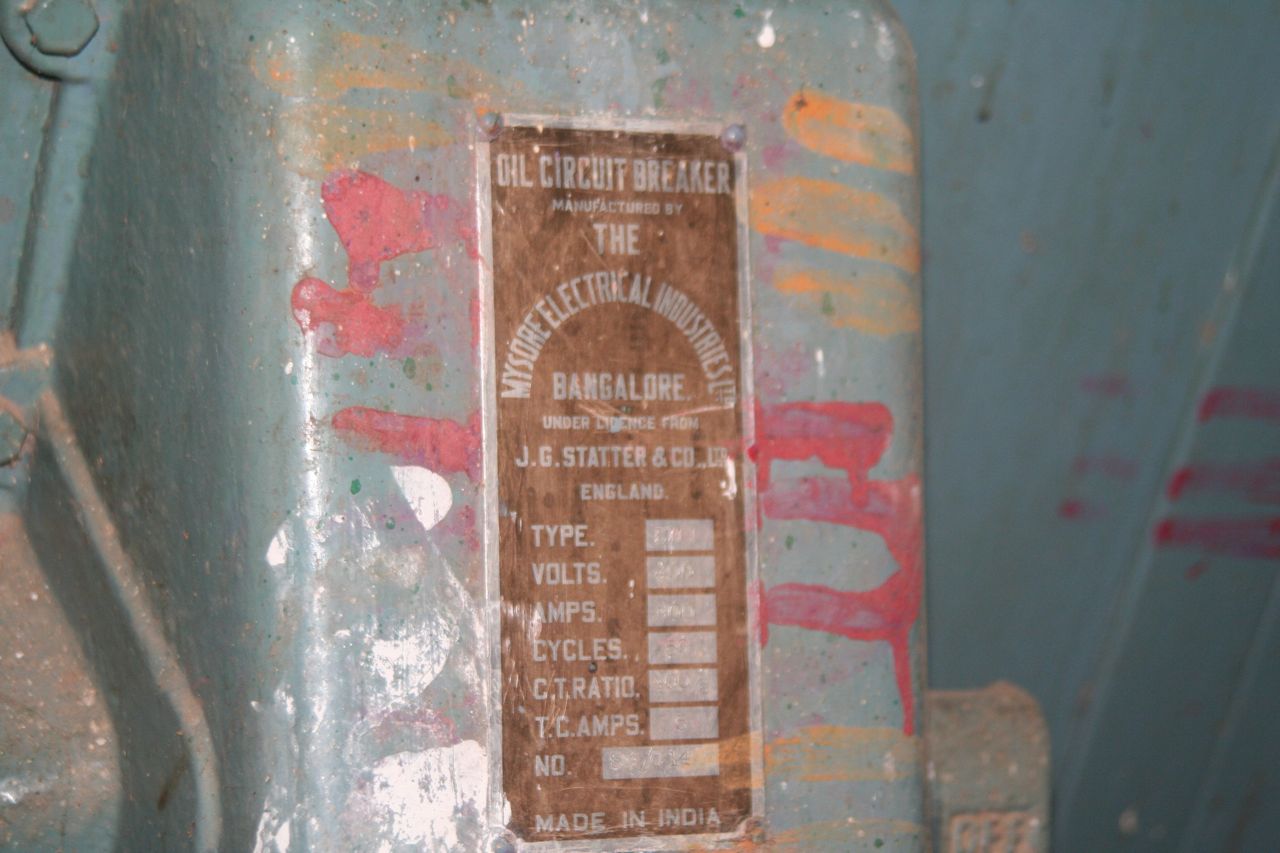 |
|
The last (?) functioning motors were Indian
|
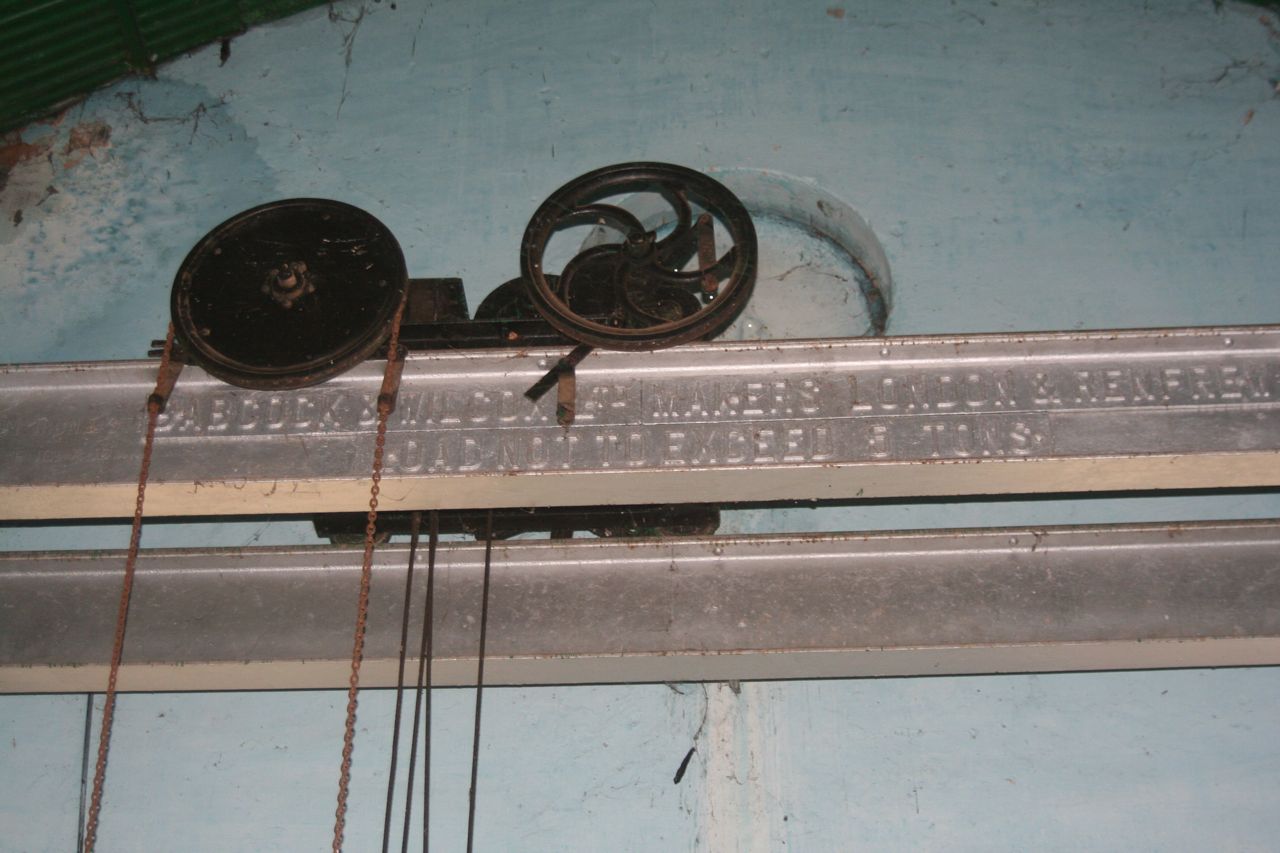 |
|
Rails to move motors as the old died
|
By giving people more powerful motors we are now depleting our ground water more than 10X faster than we are replenishing it. The rich, like my community in Bangalore, can always afford the biggest motor in the deepest tubewell to get water.
In my community, most of the homes have their own tubewells, and the association has two and wants more.
Just like all systems, there are leaks, and we have no idea how much.
The wealthy can build swimming pools, wash cars, etc. with groundwater centuries old. We can undo the collections of thousands of years in a few.
The rich in India use as much water as Americans, if not more, and use the poor to bring down India’s per capita consumption. The poor next door find their water source dried up and so have fall in the trap of tanker suppliers and pay far more than the rich for a resource that once was as abundant, free, and clean as the air.
Finally, the rich are also facing scarcity. Many new apartment complexes and gated communities have no waters and they have to resort to tankers for their daily needs (which show little sign of reduction).
Inventure Academy is an affluent school in Bangalore that has dug 14 deep tubewells – a project that the motor and borewell industry were surely happy about.
But 11 of them are not ‘producing’ water (a waste of good motors and other resources, perhaps?).
While it is certainly a concern for the school, one can imagine the greater hardships poorer neighbors must be facing as water levels fall and eventually disappear.
My own residential community is worried and investing in fixing leaks, grey water recycling, and groundwater recharge. While it good (and necessary) for us to invest in these projects, it is sad to see poorer neighbors become dependent on the tanker business.
We can either go towards more water scarcity, or we can change our society towards what we grew up with clean water for everyone.
For example, Bangalore was a beautiful garden city – it had 262 lakes in 1961. Now only 33 are visible from satellites (and around 18 can actually be considered lakes) and the water in them is filthy. This is due to bad city planning, excessive construction, ignoring sewage and waste, among other things.
Engineers created the illusion of their ability to provide unlimited water (as they still do).
Motors had a lot to do with it.
Bangalore was the first city in India to have water pumped in from many kilometers away in 1894 with motors from England. In fact, the motor industry should create a museum jointly with water agencies at the SoladevenaHalli site.
Here once can see the remnants of a 14 km beautiful aqueduct system that used gravity to bring water from the Arkavathy to the pumping station.
At the station one can see many remains of great motors that pumped water to the citizenry of Bangalore. They are kept clean and carry all the religious markings from the pooja ceremonies that the caretakers do even though they turned their last revolution decades ago.
Now, the river Arkavathy has dried up, no sign of water, even in the rainy season. The signs of trouble were clear even in 1925, when farmers were paid to breach their reservoirs so a thirsty city could have water. Today, water from the Cauvery, over a hundred kilometers away, is being pumped uphill to keep up the unchecked growth. Bangalore residents pay among the highest rates for water in the country, and its not even that pure. In addition, that river water is causing a dispute between Tamil Nadu and Karnataka. Without motors, we would have been forced to have ‘smart’ growth, to handle waste, to preserve the existing water systems.
Engineers and city planners also ignored the waste – it was not till 1922 that sewage issues began to be addressed. Despite the efforts in the 1950’s, after the formation of the Bangalore Water Supply and Sewerage Board (BWSSB) , to enlarge the sewerage system, and recent expansions, and sewage treatment has not yet caught up with supply (demand!). In a number of areas of the city untreated sewage is simply discharged into the Thenpennaiar River (if it can be called a river), which has caused the Krishnagiri Reservoir to become heavily polluted, affecting the drinking water quality in town of Krishnagiri and surrounding villages. Motors are also important components of sewage treatment.
This article is not about blaming the motor industry for the water crisis facing us.
It is just one of the players in our fast-paced growth model copied from the west.
A model that does not care about social or environmental side-effects nor about the future.
In this model children or their future are low-priority, except when it pertains to their consumption patterns.
The question is whether the motor industry can see look at the vital statistics and take bold measures.
In this model the only activity for motor manufacturers is to sell motors.
But people in the industry are also consumers, residents, citizens, and parents.
It is their duty to nourish the world so that the present can be as peaceful and harmonious as possible and that the future can be as bright as possible.
Just as we do not give our children toys, cars, and alcohol until they show signs of responsibility, we should not give more power to our society, which abuses and wastes it. We need to wait till it is capable of handling it wisely. Instead of selling the most horsepower, we need to sell the least!
Just as concerned parents will guide their children, only real leaders will take a bold step to control consumption and show restraint. The media portrays some people as today’s leaders (especially in the finance and industrial sectors), but in reality they are not. When business leaders talk about change, they mean change for the workers and others, but never for themselves.
They do not change the course of history, but just get further ahead in the same direction as everyone is headed.
We need leaders who will take charge of our destiny, who will change the traditional path of history as we move into the future. Can the leaders of the motor industry show true leadership by creating unambiguous and objective standards, developing and selling only the most efficient products, and make our society more efficient? Can our water boards work more aggressively on reducing consumption, adopt more innovative models, and focus on waste?
Can we, the citizens, be more restrained, avoid tapping into groundwater and other common assets? Can we work together to create a society more concerned about the future?
Rajesh Shah started studying engineering at IIT Bombay, ending with a MS from University of California. After 10 years at Bell Labs he got an MBA from Berkeley and then did management consulting and a couple of startups. Shifting gears and lifestyle he entered the non-profit world working on issues such as sustainability, climate change, water, and social development. He now resides in Bangalore.

Fascinating new thoughts, Rajesh!
Hi Rajesh,
I am very keen on learning more about how i can contribute to water management.
I currently rain water harvest at home. Want to know more about the solar power for all household applications that you have mentioned in the article on Deccan Herald dated 20.02.2010.
I can be contacted at rshankarnarayana@gmail.com /9986047540.
Best Regards,
Ravi.